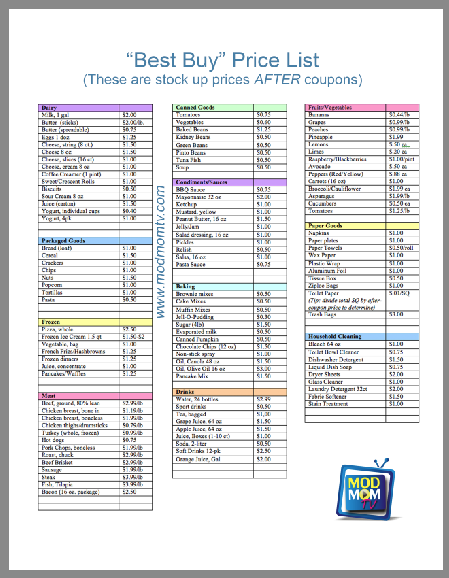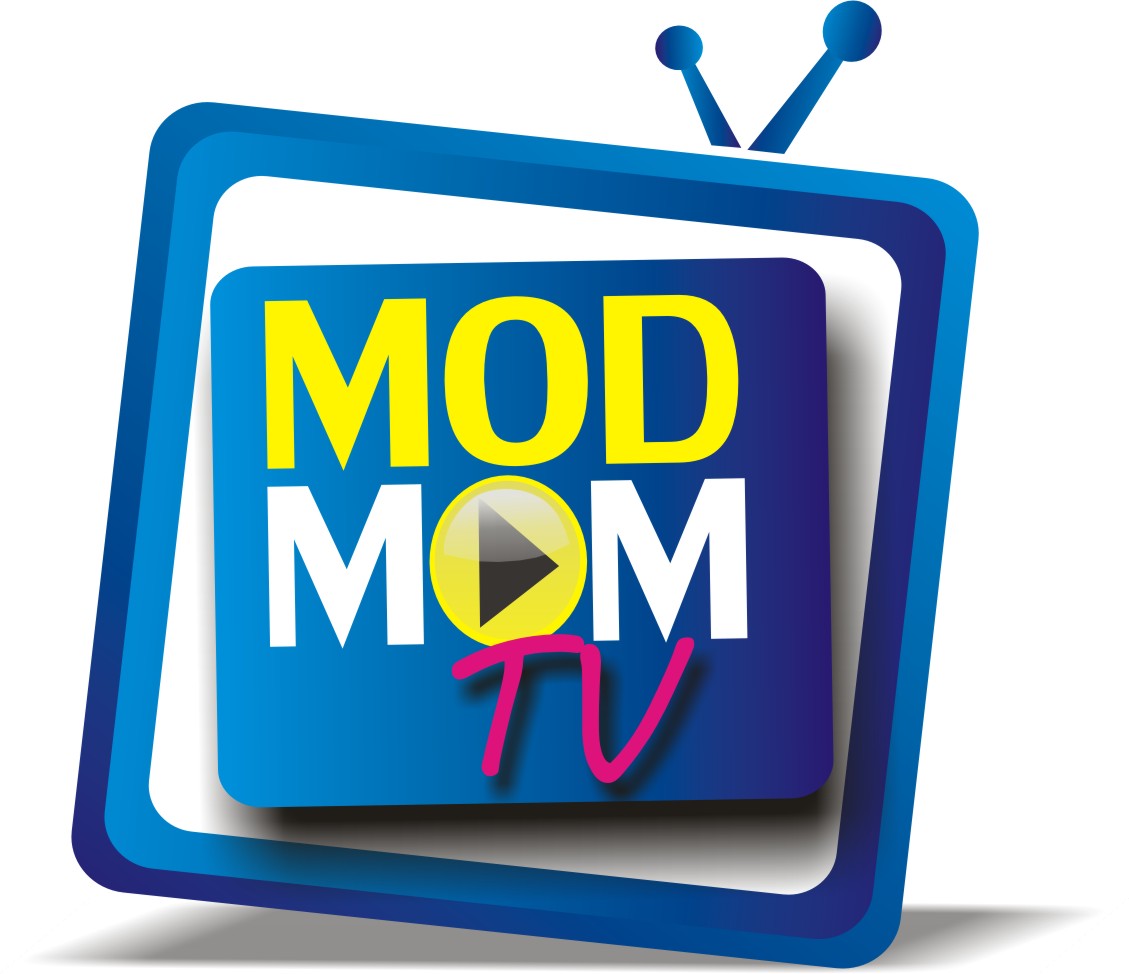A price book is basically a list of the grocery items you normally buy, and their price variations over time at the stores where you typically shop. By knowing your target price on everyday items and when their sale cycle hits, you’ll be prepared to stock up when prices are at their lowest. When your favorite items hit their rock bottom prices, you’ll be confident buying enough to fill your pantry until the next deep sales cycle hits, which is usually 4-6 weeks later.
Watch Laura’s segment on How to Save Money at the Grocery Store from Houston’s KRPC..
A price book also allows you to compare regular store prices to advertised sale prices in order to see if the “sale” items you see in the weekly flyer are truly good deals.
Know the Best Buy Prices
In time, you’ll determine the best buy price for items you buy on a regular basis. For example, I never pay over $1 for a box of cereal, over $.50 for a can of tuna, or over $1.99/lb for boneless chicken breasts. Because I’ve determined these items will eventually drop to those prices, when they do I stock up.
 To help you get started, I’ve created my “Best Buy” Price List. You can download it here. Print it out and keep it in your coupon file or binder.
To help you get started, I’ve created my “Best Buy” Price List. You can download it here. Print it out and keep it in your coupon file or binder.
If you’d rather create your own price book, it can be as elaborate or as simple as you want:
– Carry a pen and small binder or spiral notebook. – Download a price book template.– Get the FREE app, Grocery Tracker Shopping List (Android) or Value Tracker for $.99 (iPhone) – Just keep one in your head! Over time, after you’re a pro at shopping for deals and using coupons, it’ll become second nature.
However you decide to keep your price book, the most important thing is to set up your price book in a way that makes it easy for you to use.
So, how do you use it? Well, every time you shop, just list the store, item purchased, date, price and price per unit. It’s also good to make a notation if you used a coupon. Hopefully you’ll get lots of crazy, rock star deals when combining coupons with sales. But since access to specific coupons isn’t always available, don’t let those low prices dictate your price book stock-up price.
The first couple of months of filling in your price book will be very tedious (sorry!), but soon those best buy prices will emerge and you’ll begin to see store sales cycle patterns. You’ll learn to wait for the deepest sales and then stock up!

